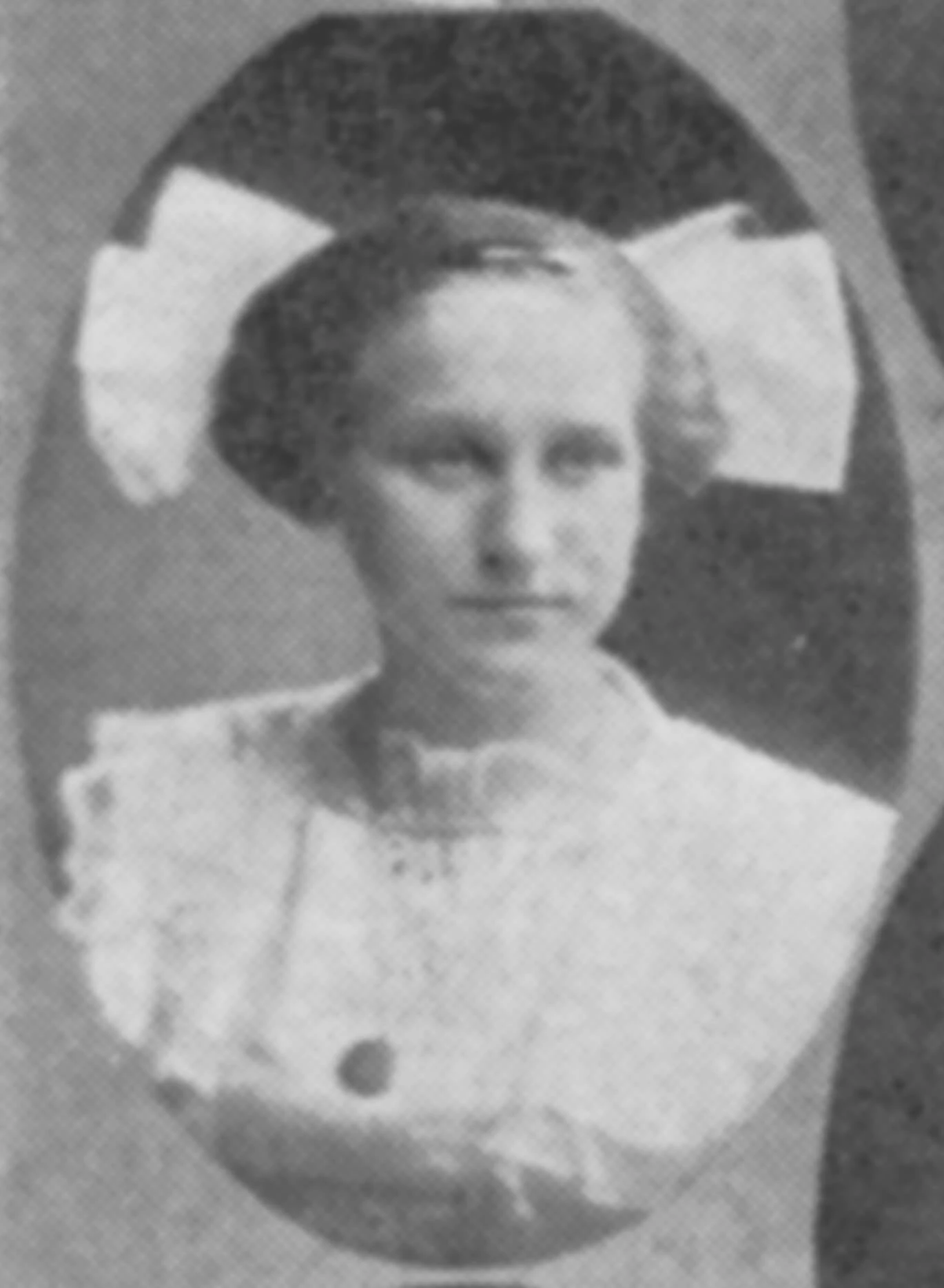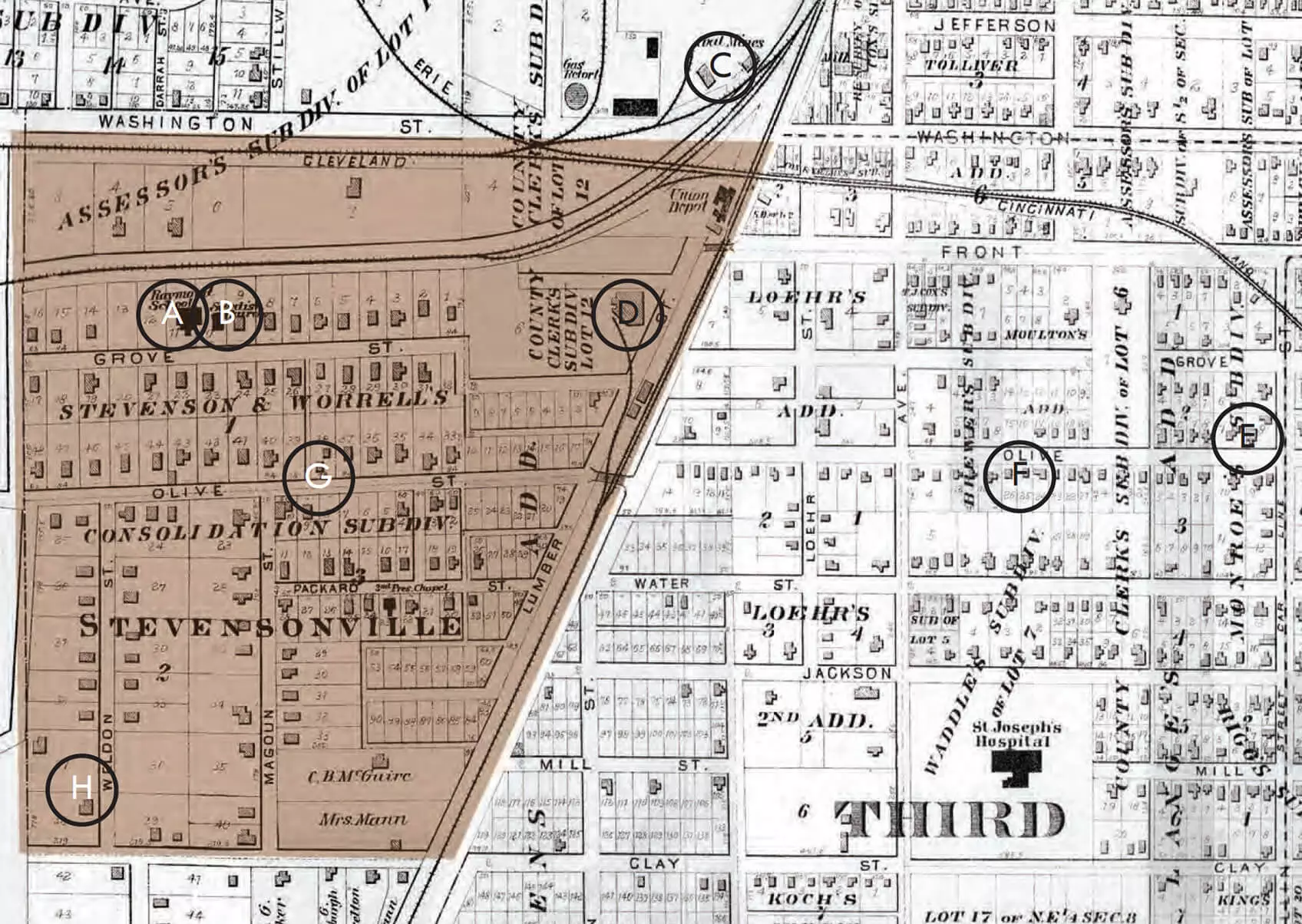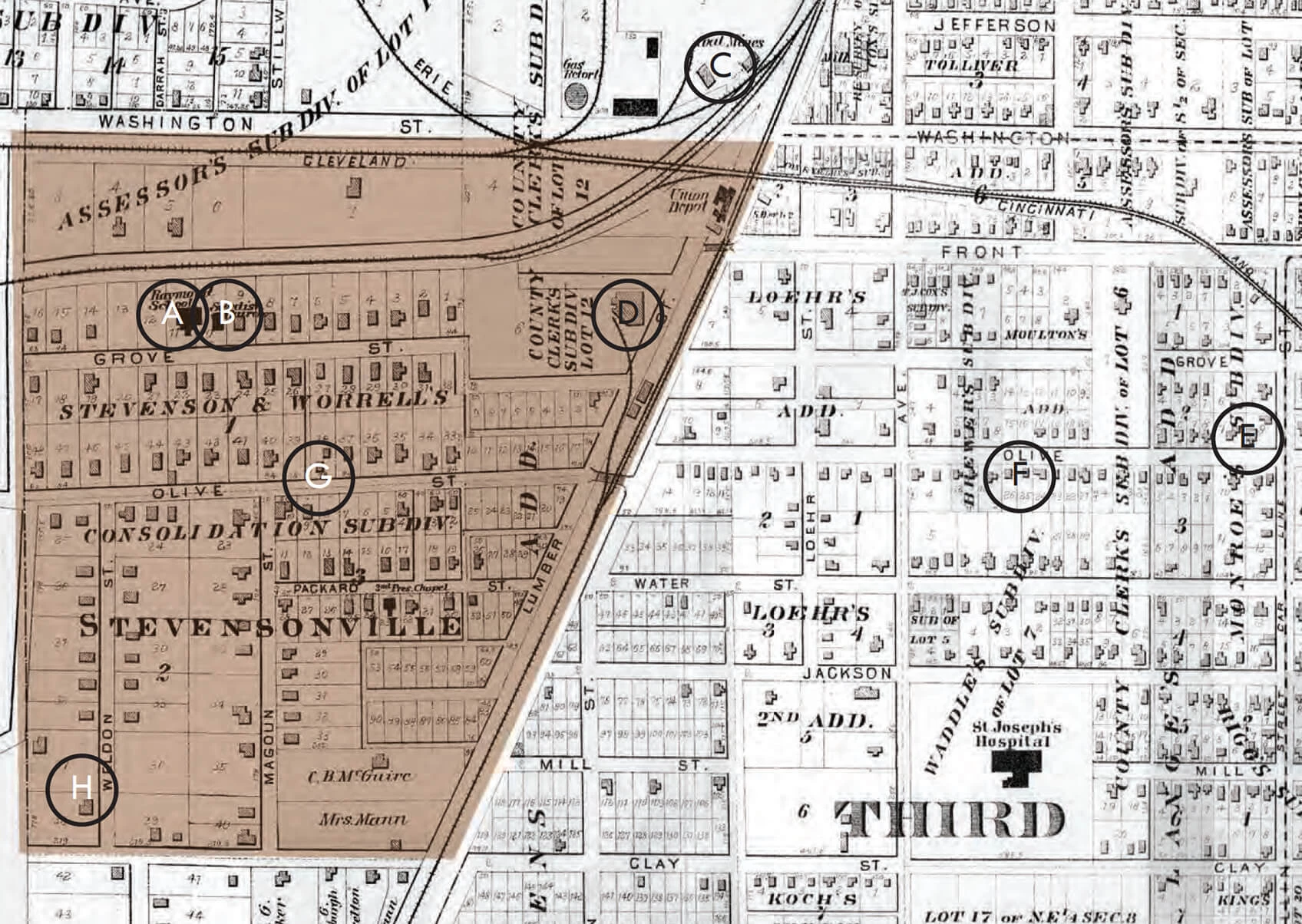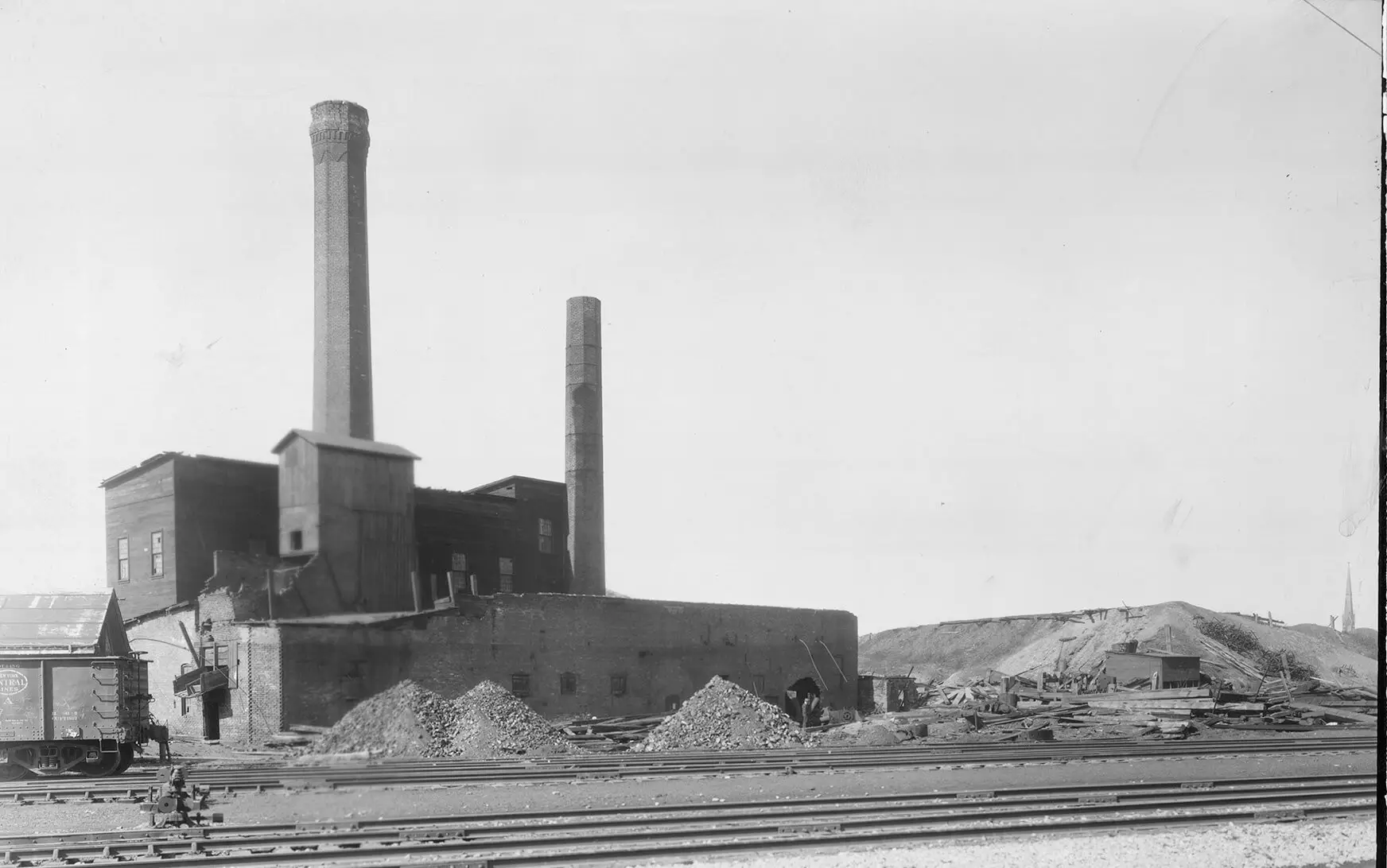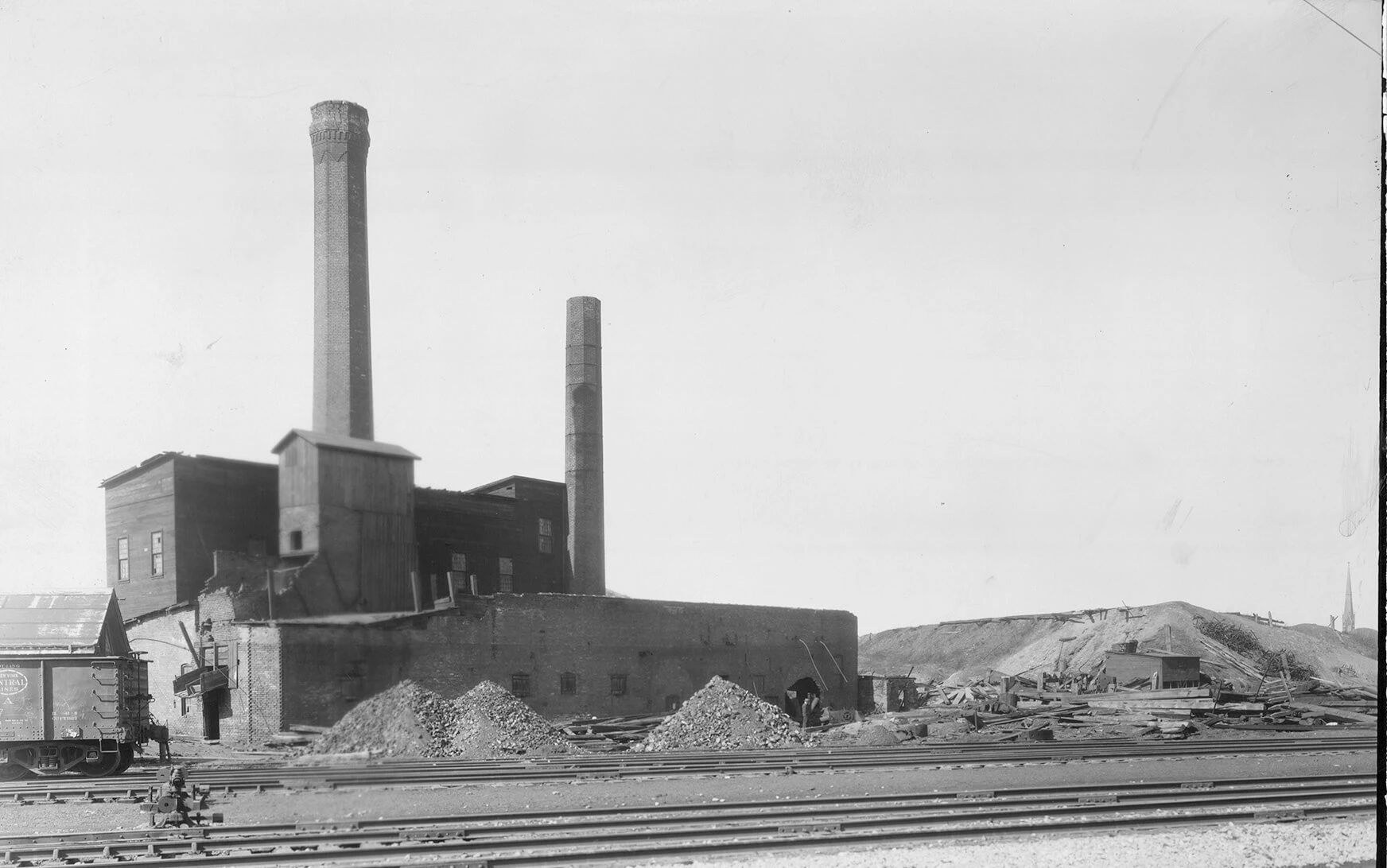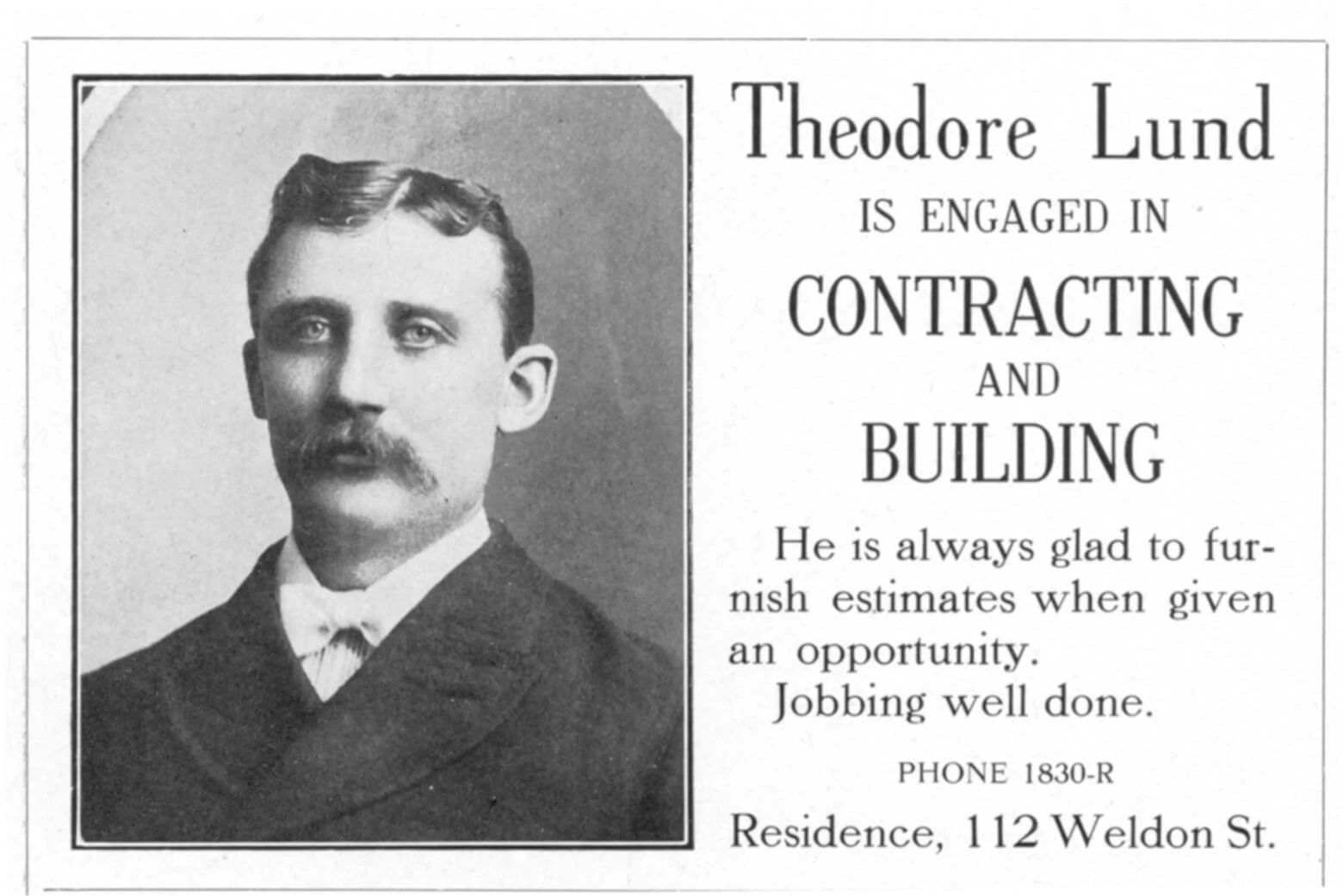A Cosmopolitan Place – Larson Family
Many Swedish immigrants came to McLean County, some directly from Sweden, some from other parts of America. Most moved here in order to improve their economic status. Many ended up working in the coal mines or at the Chicago & Alton Railroad shops.
Emma Hedlund was only 22 and spoke no English. But in 1881, determined to come to America, she set off on her own.
Like many others, Emma was most likely encouraged by friends or relatives to come to Bloomington where jobs were available. She arrived in the U.S. in July and came directly to Bloomington.
Emma found work as a domestic servant in the home of the widow Malinda Howe. Depending upon the generosity of her employer, Emma would have earned somewhere between $2.23 and $2.73 per week plus room and board. That equals $311 to $406 plus room and board, adjusted for inflation in 2014.
Emma undoubtedly met Gustav A. Larson at a social or religious function organized by the Swedish Lutheran Church.
Gustav was also single when he came to the U. S. from Sweden in 1882. He joined the Swedish Lutheran Church to be with others like himself who practiced the same religion, spoke the same language, and were from Sweden.
Gustav and Emma married in 1885 and set up house at 910 W. Olive Street, close to the mine where Gustav worked.
Emma no longer worked as a domestic servant. Instead she managed the home and raised their two daughters, Lillie and Esther. The Larsons remained active in the Swedish Lutheran Church throughout their lives.
Infant dress, circa 1890

View this object in Matterport
Both of Emma and Gustav’s daughters, Lillie and Esther, wore this infant dress, circa 1890.
Donated by: Alice Thomas Van Ness Brown
814.1557

Stevensonville
Many Swedes preferred to be surrounded by people like themselves and to live close to work. Because of this, Stevensonville and the surrounding neighborhoods were where many of them settled.
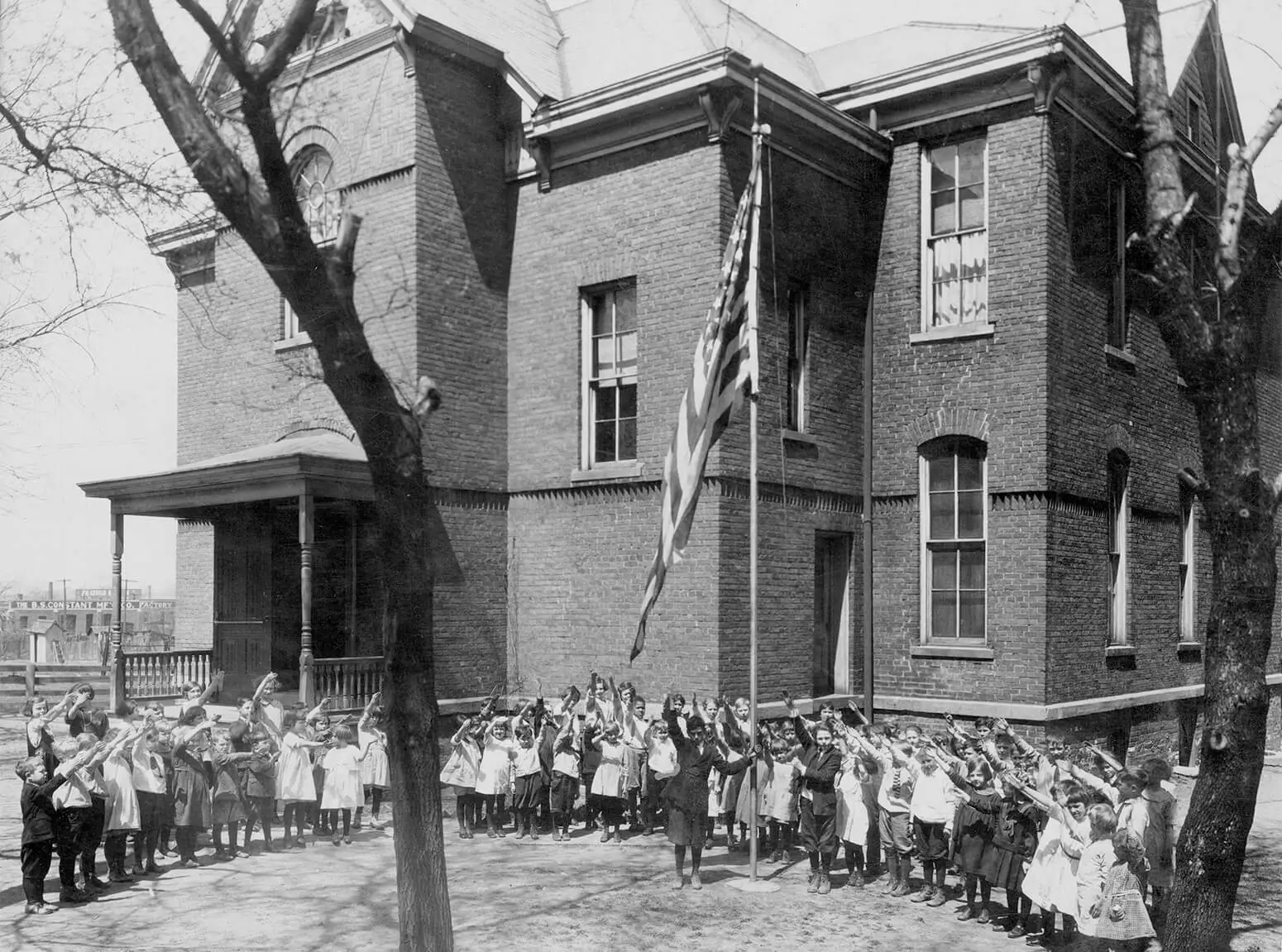
A. The Sarah Raymond School (originally named Stevenson School) opened in 1877. The children who attended this school were the sons and daughters of the laborers who lived in Stevensonville, and included Welsh, German, Swedish, Polish, and Irish immigrants.
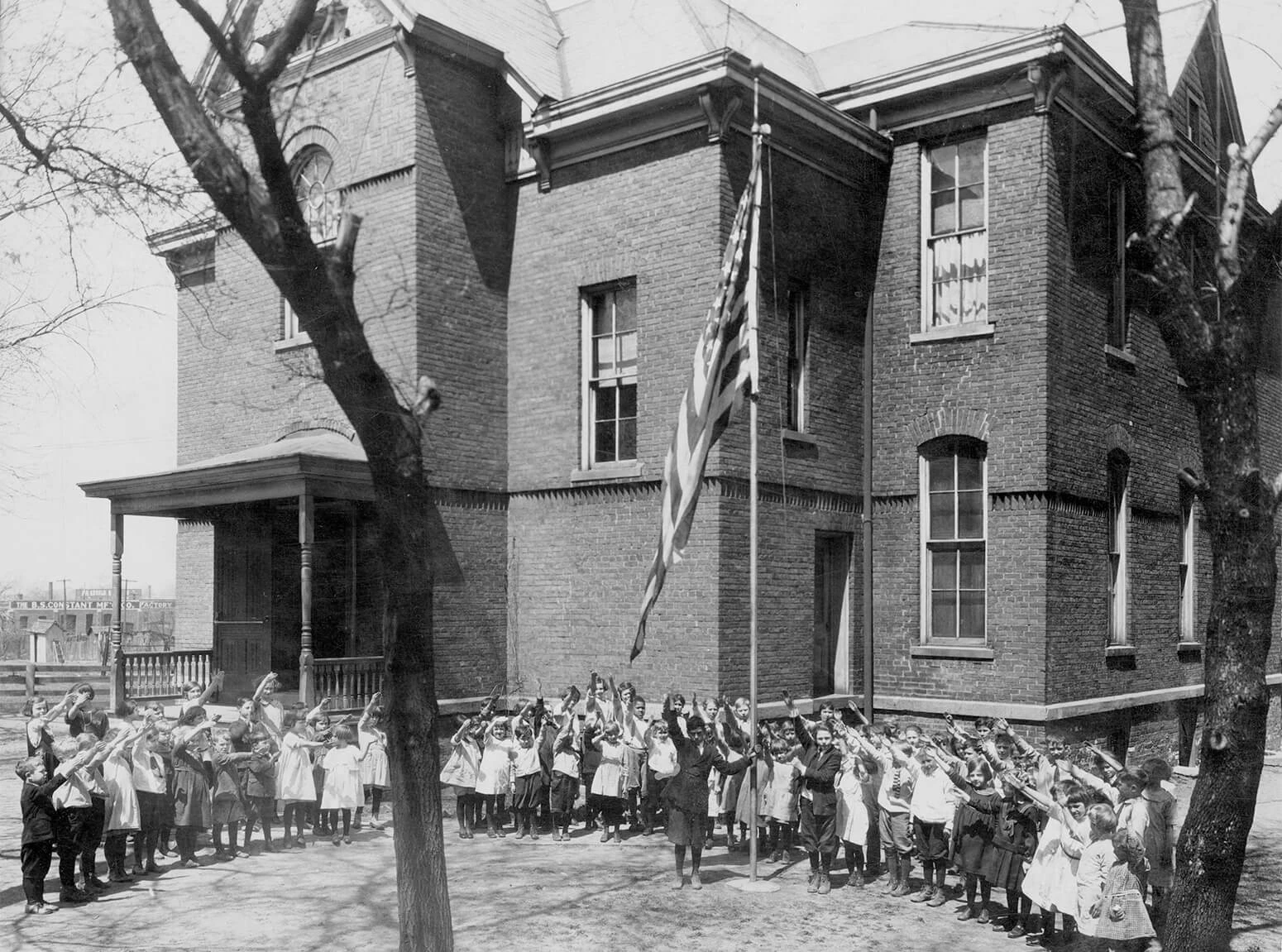
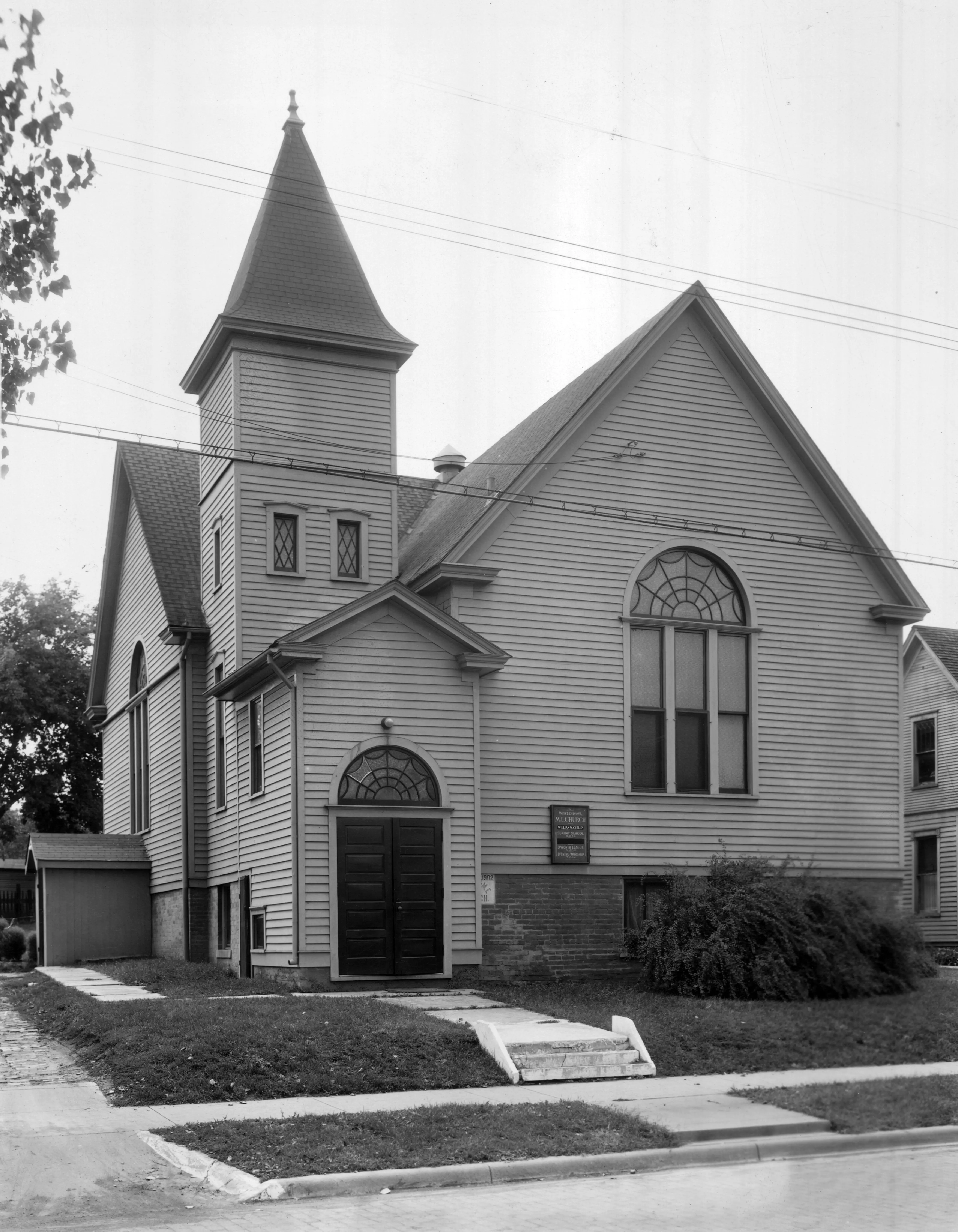
B. Stevensonville’s Swedish Methodist Episcopal Church was founded in 1883 by four Swedish families who had been holding prayer meetings in their homes. They met in a building on Packard Street before finding a home for the church at 119 Stevenson Street. When Stevensonville was incorporated into the city of Bloomington, Stevenson Street became an extension of Olive Street, and the address changed to 1306 W. Olive Street. The church pictured here was dedicated in 1903. For many years, the church was served by student pastors, many from Illinois Wesleyan University.
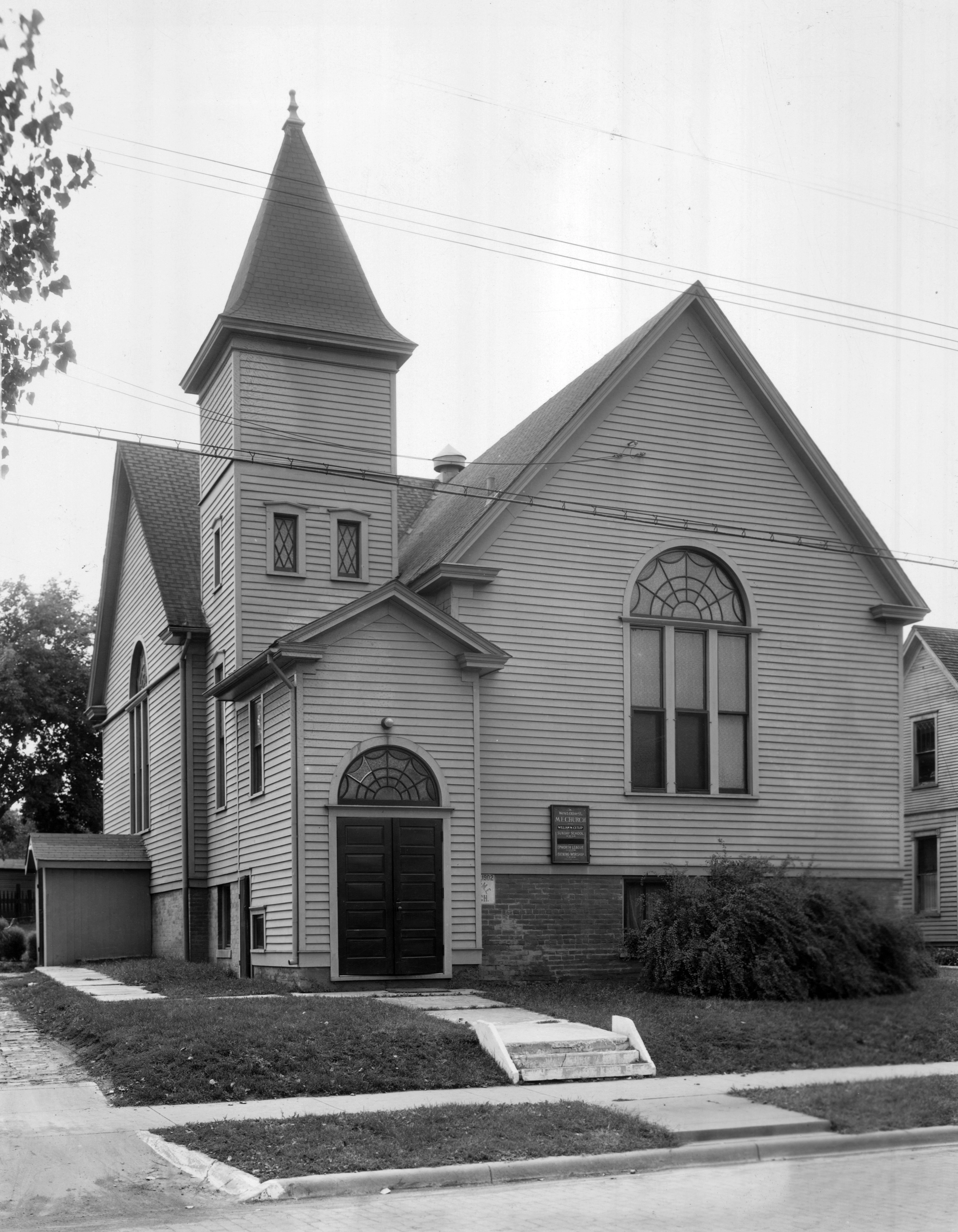
In 1872 workers at the Kewanee mine were offered what appeared to be a good work opportunity at the Bloomington mine. But the mine owners deceived them.
“They were entirely ignorant of the miners’ strike until they arrived or they would not have come. The McLean County Coal Company had paid their transportation, provided home and work: they were there and there was nothing to do but remain, suffer the consequences of strike breakers and make the best of it.”
— The Daily Pantagraph, June 22, 1913
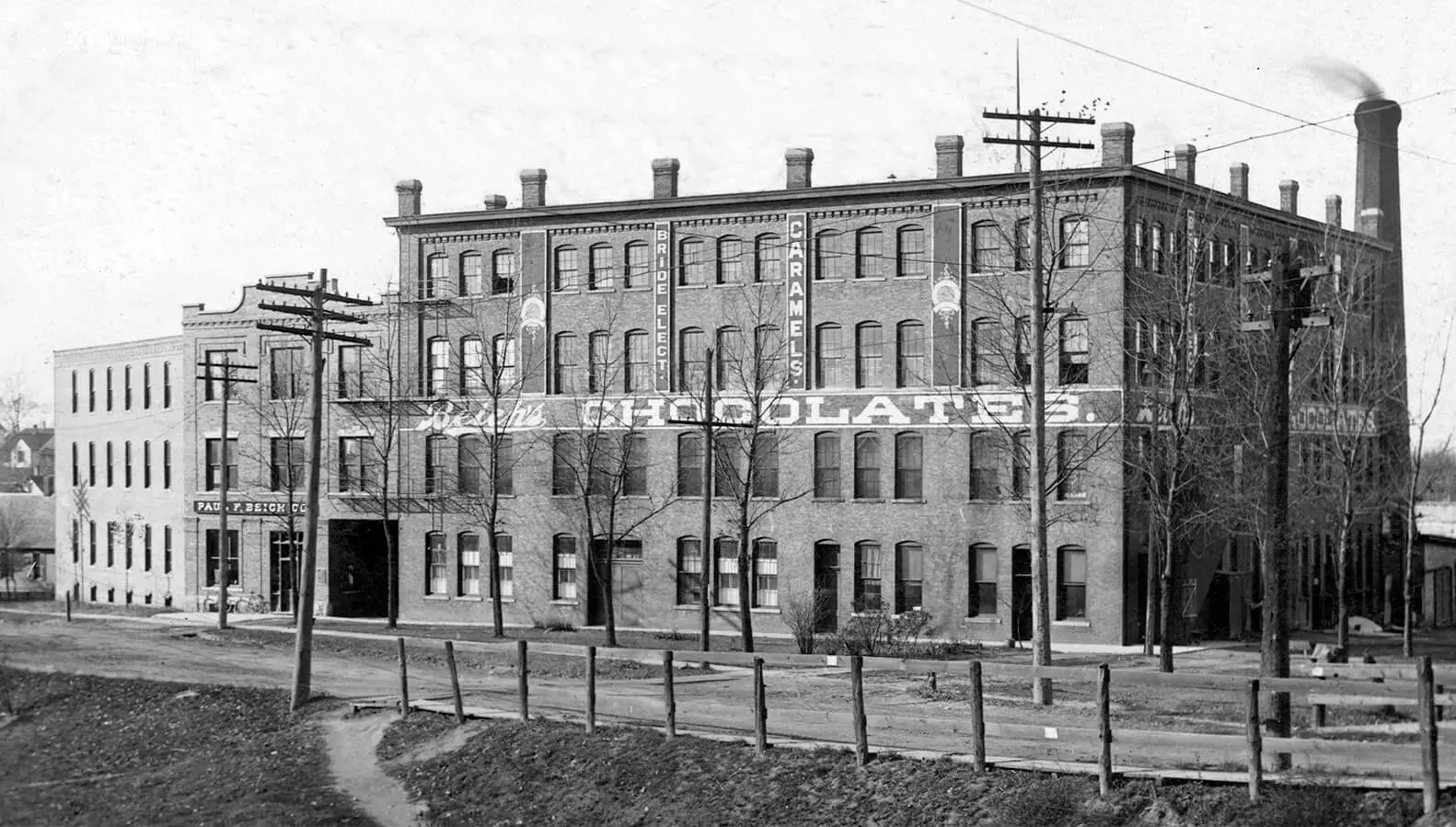
D. The Bloomington Manufacturing Company produced carriages in this factory as early as 1889. From 1895 to 1899 the building housed the Lancaster Caramel Company, owned by Milton Hershey. In 1899 Paul Beich purchased the building for the production of Beich’s candies. All three companies employed workers who lived in Stevensonville.
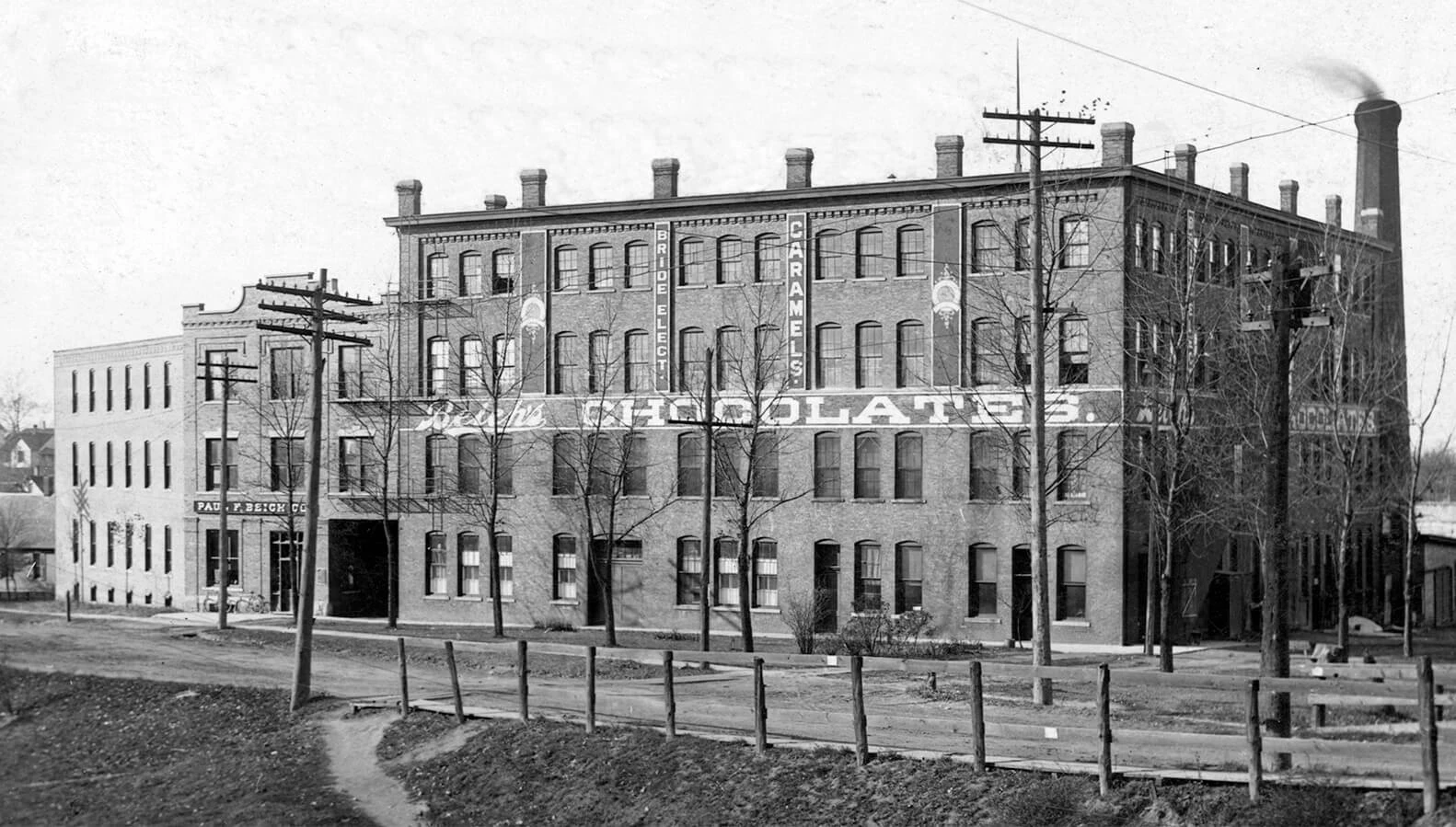
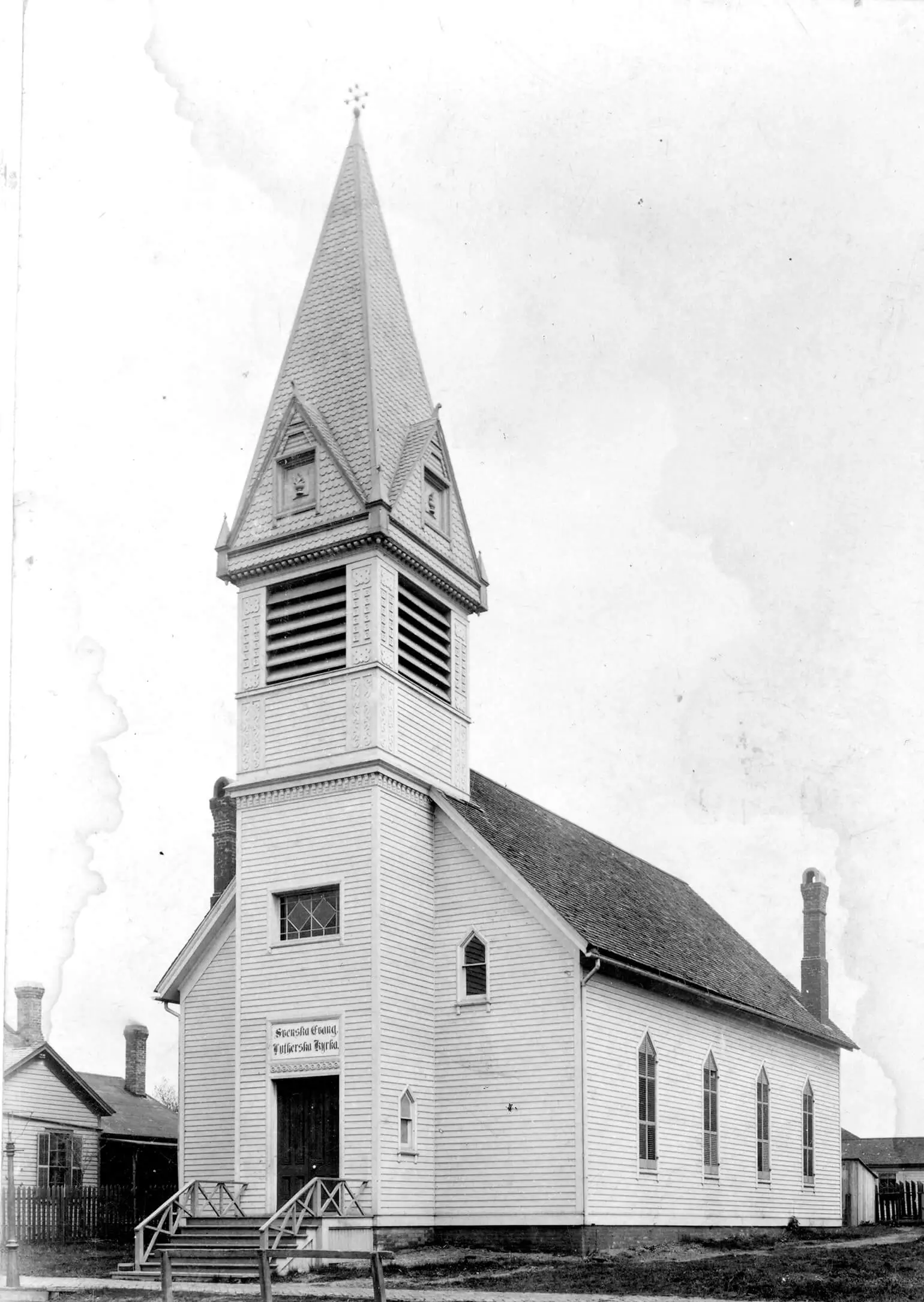
E. Though not in Stevensonville, the Swedish Evangelical Lutheran Church was very important to the Swedish community. Founded in 1872 and located at 803 W. Olive Street, services were conducted in Swedish into the early 1920s. Today it survives as St. John's Lutheran Church on Emerson Street.
F. The Larson home was located at 910 W. Olive Street — just around the corner from The Swedish Evangelical Lutheran Church.
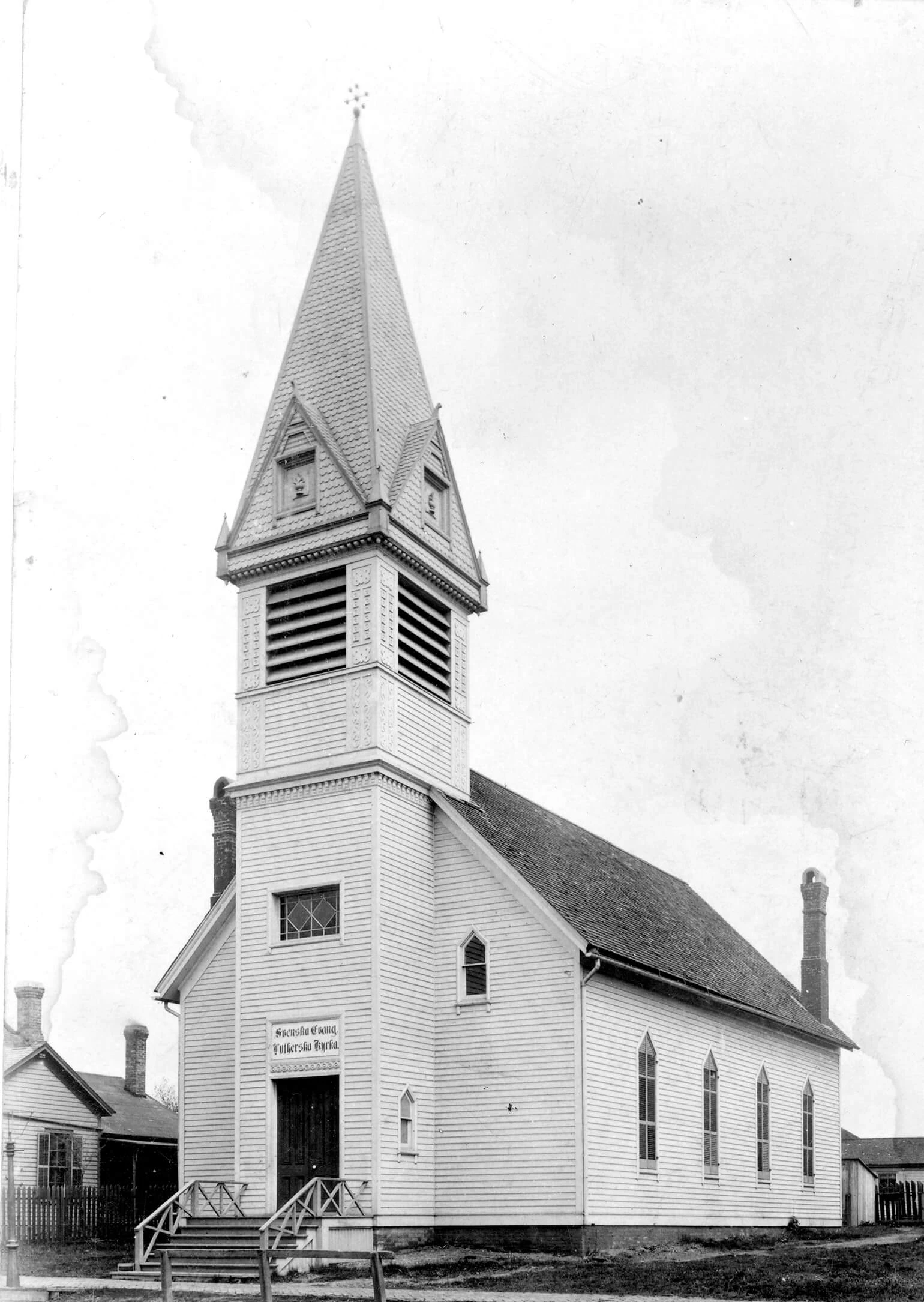

G. Established in 1895, Erickson’s Grocery Store, owned by Alex G. Erickson, was located at 1314- 1316 W. Olive Street. Along with selling his own goods, Alex regularly sent his employees downtown to get items he did not carry in his store. He did this as a special service for customers who only spoke Swedish. When he retired from the grocery business in 1937, his son Edward A. Erickson took over the family business.
Erickson Grocery advertisement, 1945.
 Making a Home
Making a Home
 A Community in Conflict
A Community in Conflict
 Working for a Living
Working for a Living
 Farming in the Great Corn Belt
Farming in the Great Corn Belt
 Abraham Lincoln in McLean County
Abraham Lincoln in McLean County

